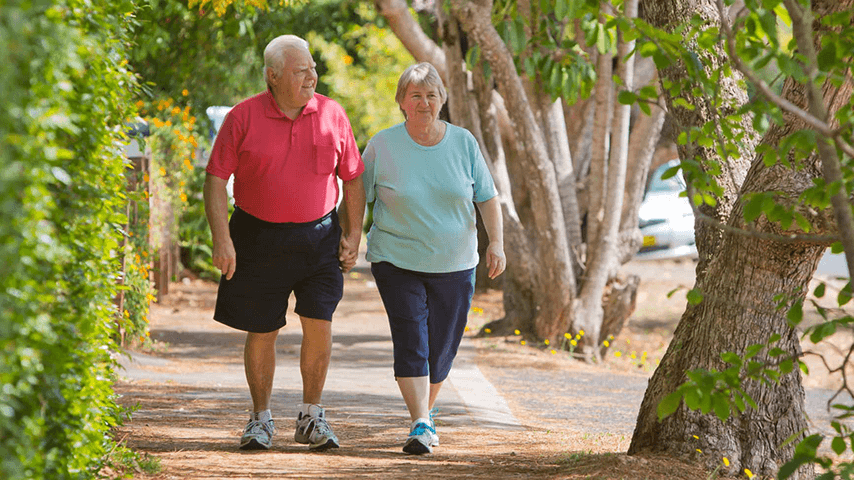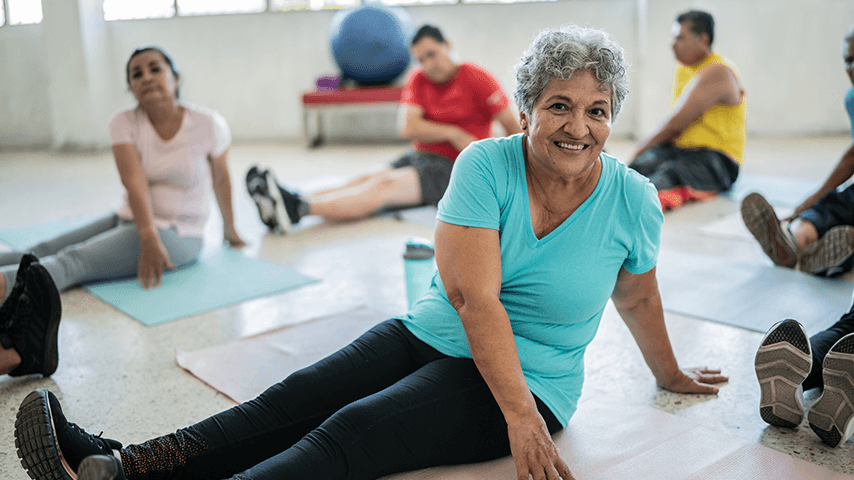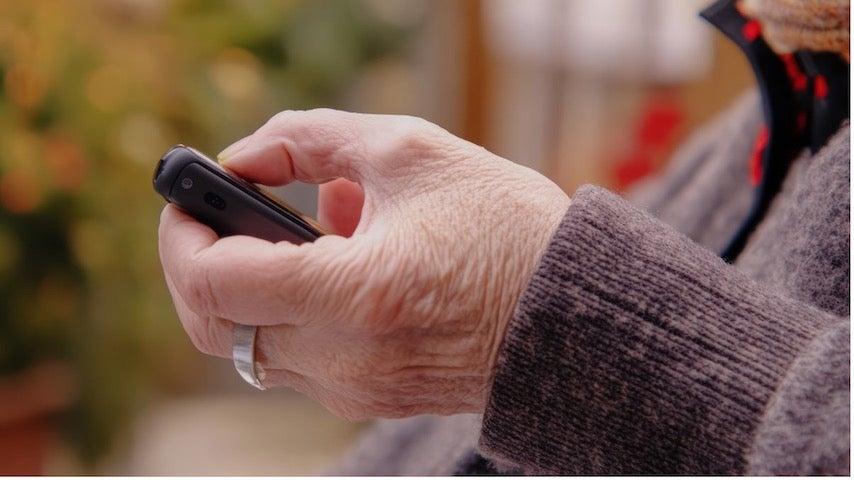Falls Prevention in the Community: A 5-Point Checklist for Navigating Your Neighborhood
4 min read

Related Topics
Most falls are preventable. And there are certain strategies that can be particularly helpful to help us avoid outdoor fall hazards. Here are some falls prevention strategies and tips to use while you're out and about in your community and in your neighborhood.
1. Public transportation
Whether you take public transportation every day or only when you’re on vacation, check off these tips for a safe ride:
- Look for handrails to keep you steady when getting on and off.
- Ask for help from other riders or the bus driver if you need assistance getting on and off the bus.
- Choose a seat near the front of the bus or close to the door on a subway train.
- Find a handrail or seat you can hang on to during the ride, because frequent or sudden stops or starts can make it difficult to maintain your balance.
- Look for bags and other obstacles in the aisles.
- Ask the driver to wait until you’re seated to continue moving.
2. Sidewalks and crosswalks
In many communities, the sidewalks are your safest path for foot traffic. If your neighborhood needs safer sidewalks, lighting, cross walks, or other features, call your city department of transportation or public works, or dial 311 for your city’s non-emergency services. Here are a few things to keep in mind when out for a walk:
- Always look ahead at your path and watch for cracks, holes, and uneven areas. A tree may have pushed up the sidewalk, or even sign posts could impede your path.
- Navigate grassy and other uneven surfaces slowly and carefully.
- Be extra careful during stormy weather. Weather can affect the sidewalk in ways you can’t easily see. Rain, snow, and ice can make any surface slippery.
- Look for the curb cut—or dip in the curb near corners—because these are especially useful if you walk with a cane or a walker, or if you just worry about stepping down from a curb.
- In the evening, go to areas with plenty of light, and consider bringing a flashlight and wearing a reflective vest.
3. Stairs and doors
Often obstacles are unavoidable in the community. Here are a few reminders for conquering two of the most common:
- On stairs, make sure to use the handrails to keep you steady. Take your time, especially when it’s dark and harder to tell how deep the stairs are. Doors to public buildings can also be more difficult to open, so go slowly.
- Look to see if the building has automatic doors or accessible door entry buttons that will electronically open the door. Check for these especially if you use a cane or walker, or if you’re carrying packages.
4. Cars
Many of us use cars to get around. For some, staying steady when getting in and out of the car can be challenging. A plan can help. Talk with an occupational therapist about strategies to increase support in your car or contact a program called CarFit, offered in many areas of the country, that will check to see if your vehicle fits your needs. They may suggest trying gadgets like:
- A “handy bar,” which is placed in the door latch to give extra leverage so you can push down while getting up and out.
- A leg lifter to safely bring your leg into the vehicle.
- A padded swivel for your seat to help rotate your body and make it easier to settle in.
5. Shoes, vision, and balance
What you take outside with you can be as important to preventing falls as being aware of your surroundings. Here’s a checklist to run through before you leave home:
- Shoes can provide traction, or grip, so choose your footwear wisely. Choose a flat shoe with firm, rubber soles and low heels.
- Check the bottom of your shoes and replace them when the treads begin to wear out. Just like the tires on a car, the soles of your shoes can only walk so many miles before they need to be replaced.
- If you feel that carrying things is making it difficult to walk, make several trips or use a cart to carry your objects.
- If you experience changes in your balance, a cane or a walker may help. When used properly, canes and walkers can help you stay active and independent. Talk with a physical or occupational therapist to learn what would support you best and how to use it correctly.
- People with vision problems are more than twice as likely to fall as people without vision problems. Get your eyes checked once a year or when your vision changes.
- Bifocals or reading glasses make it harder to see hazards on the ground, so make sure you’re wearing the correct glasses while walking. Also, wear sunglasses on bright days to reduce glare.
You may not be concerned with preventing a problem that hasn’t happened yet, but it’s never too early to become familiar with common falls risks in the community and what you can do to reduce them. You can start by picking one place you love to go, and making small changes using the lists above.
Check out our video on Navigating Outdoor Fall Hazards



